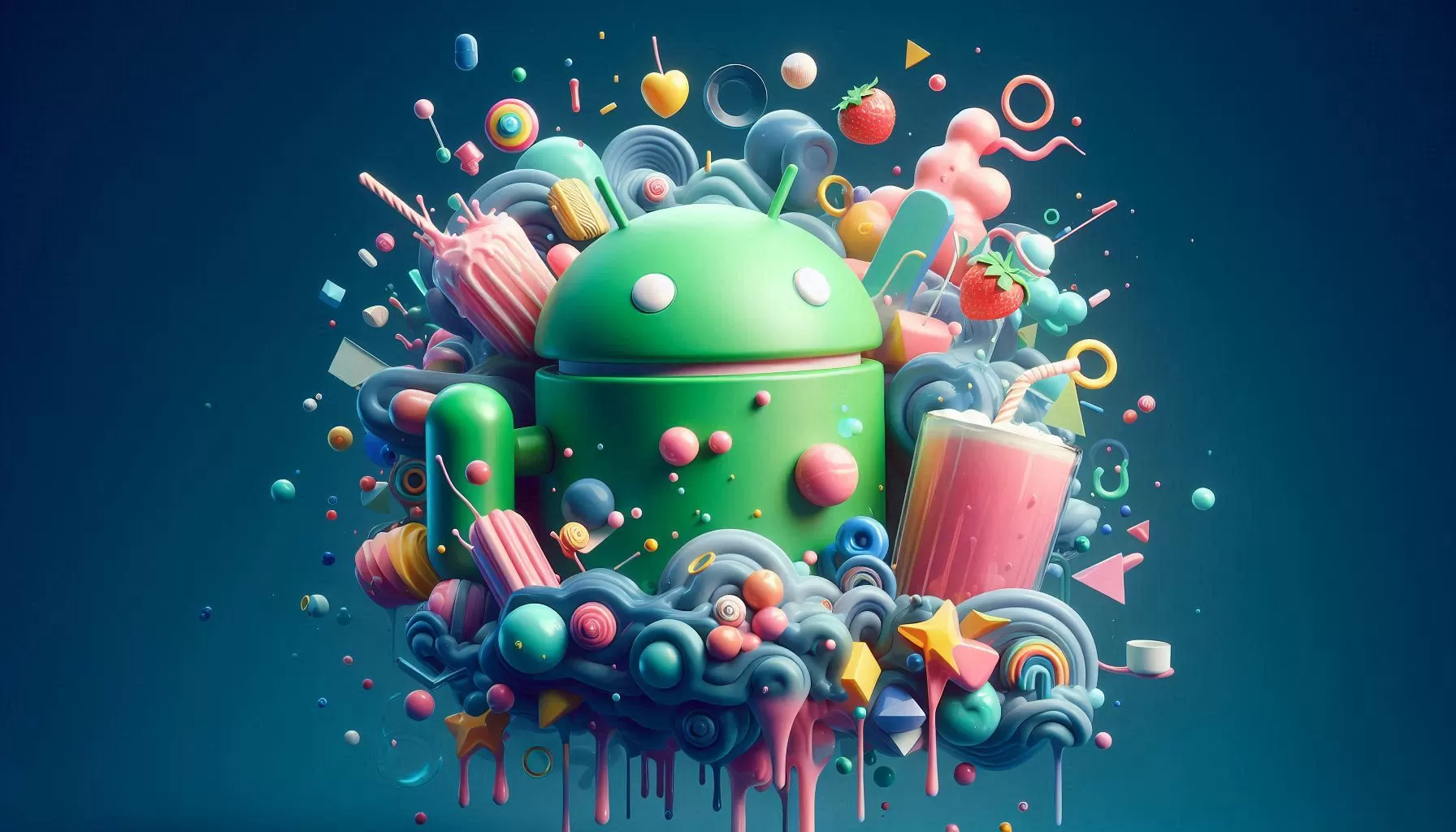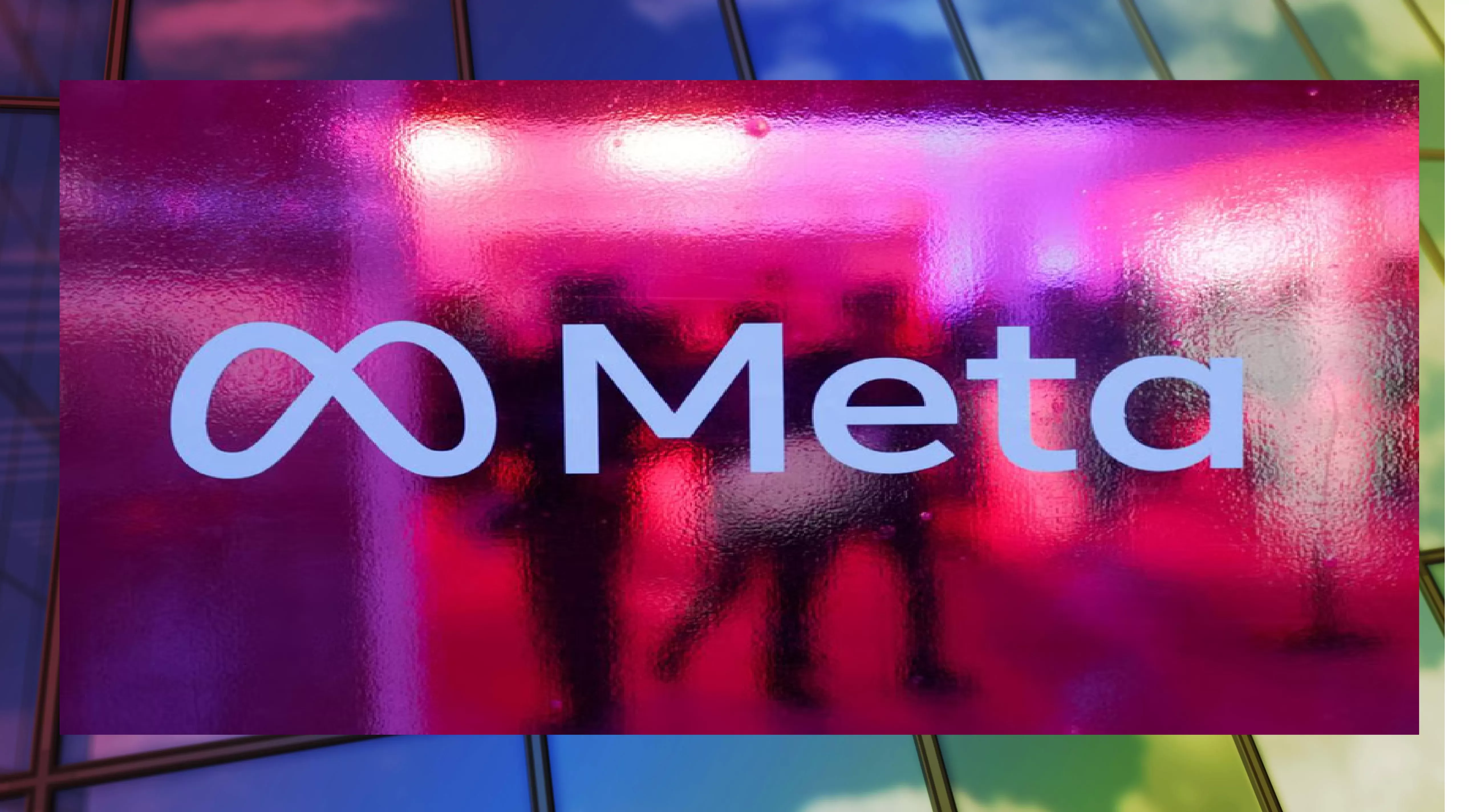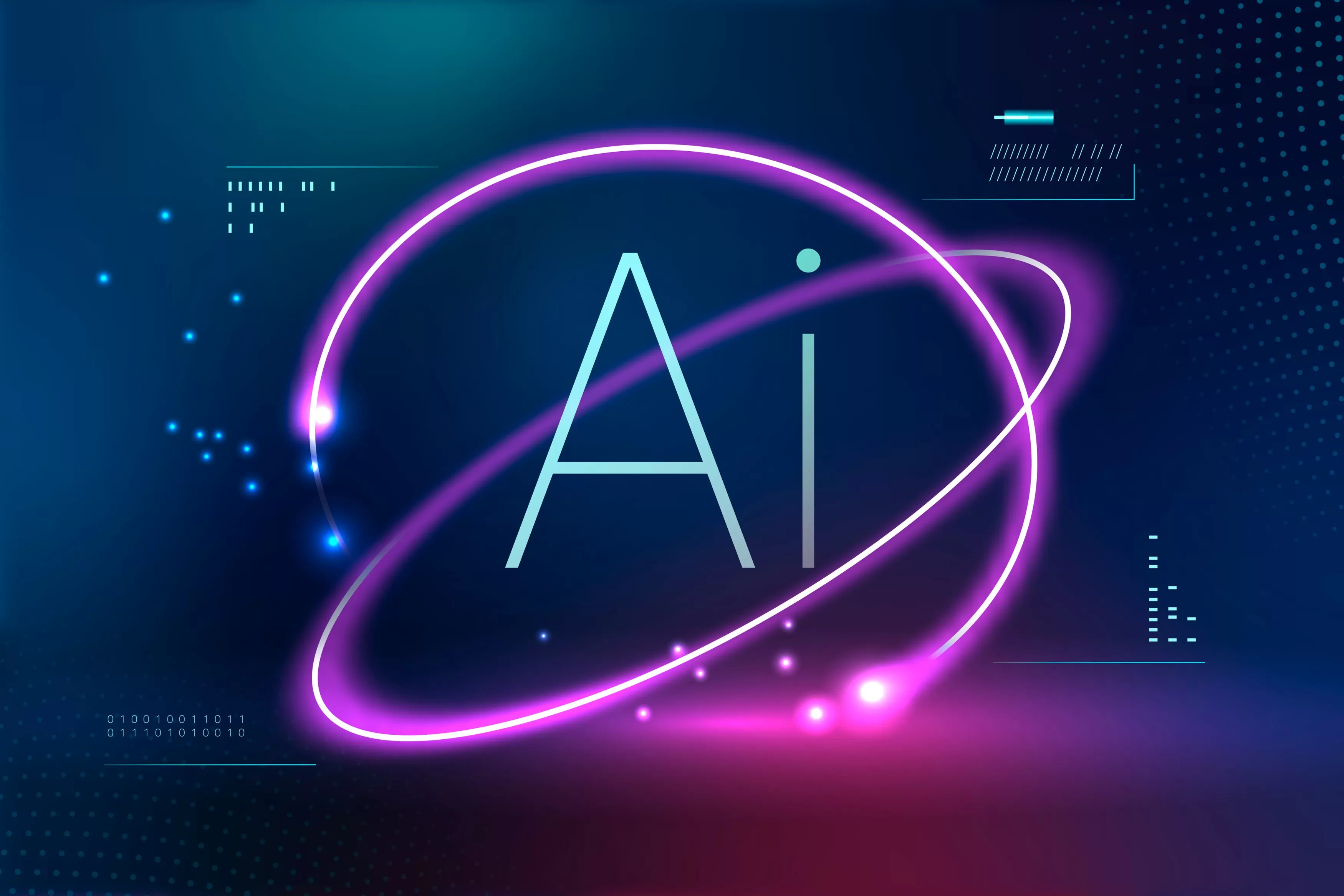
- Services .
- Industries .
- Company .
Explore the latest innovations, expert analysis, and industry updates in tech news. Stay informed, discover emerging trends, and enhance your knowledge with every update.

In an unexpected twist, Google has unintentionally lifted the curtain on its next-generation Android design language—Material 3 Expressive. The discovery, spotted by sharp-eyed developers ahead of schedule, offers early insight into a more vibrant, dynamic, and customizable direction for Android’s visual identity.
This preview, though unplanned, reveals Google's ambition to evolve its "Material You" concept into a more expressive, user-personalized interface in future Android versions—possibly Android 15 or beyond.
Material 3 Expressive is the latest evolution of Google’s Material Design system. Where Material You brought dynamic theming and personalization based on user wallpaper, Material 3 Expressive pushes this even further by focusing on bolder colors, stronger contrasts, and richer UI animations.
Key enhancements include:
· Expanded Color Palettes: Beyond the standard tonal ranges, Material 3 Expressive introduces vivid and saturated color options for developers and users.
· More Emotionally Aware Themes: Colors and layouts now adapt not just to the wallpaper, but to broader "mood-driven" design schemes.
· Refined Layout Behavior: Updated spacing, alignment, and responsive behaviors help unify app design across screen sizes and devices.
· Greater Accessibility by Default: Improved contrast, spacing, and typography aim to enhance accessibility without extra configuration.
Developers noticed Material 3 Expressive references within Google’s open-source UI components and early Android Studio builds. These subtle additions—like new color tokens, expressive theme previews, and updated Jetpack Compose libraries—were not accompanied by any formal announcement.
Screenshots and internal documentation hinted at unannounced updates in the Material Theme Builder and Android 15 beta design kits, which briefly appeared before being revised or removed in updates.
This kind of slip isn’t unprecedented. Google’s internal testing environments often integrate cutting-edge tools before official press events or developer conferences like Google I/O. However, it’s unusual for a full design tier to surface prematurely in a public-facing build.
Material 3 Expressive is not just cosmetic—it signals a shift toward more immersive, customizable, and joyful Android experiences. For developers, this means:
· Access to richer design presets via Material Design components.
· Compatibility with dynamic theming even on custom views.
· Tools for better state-based transitions and fluid motion animations.
· A push toward design consistency across mobile, tablet, foldable, and desktop Android environments.
For users, especially those running Android 15 in developer preview or beta channels, this could soon translate into:
· Visually expressive themes that feel more “alive.”
· Sharper animations that respond to touches, swipes, and gestures.
· More granular personalization tools within system settings.
Google has been steadily moving toward a more unified design ecosystem across all its platforms—Android, ChromeOS, Wear OS, and even Pixel devices. Material 3 Expressive seems to be the next major step in making Android feel more personal without sacrificing performance or clarity.
This update reflects trends across the tech world: personalization, emotional UI design, and context-aware user interfaces. In essence, Google is setting the stage for an Android experience that can adapt not just to your screen size, but to your aesthetic preferences and emotional state.
While there’s no confirmed release date, industry watchers expect Google to unveil Material 3 Expressive officially at Google I/O 2025, which traditionally hosts announcements on new Android features and design systems.
If the current pattern holds, Material 3 Expressive will likely debut publicly with Android 15, rolling out to Pixel devices first before reaching other Android partners.
Even though the leak wasn’t intentional, the early peek at Material 3 Expressive excites both designers and users alike. Google appears ready to deliver an Android experience that’s more alive, more expressive, and more user-centered than ever before.
The future of Android isn't just smart and functional—it’s becoming deeply personal, colorful, and emotionally aware.

OpenAI Launches Speech Models for Transcription & Voice AI

KotlinConf 2025: Key Announcements and Trends in Kotlin Development

Google Cloud Agent Builder: Simplifying GenAI Adoption

Apple's Swift Version Manager: Simplifying Developer Workflow

Joelle Pineau Leaves Meta After 8 Years of AI Leadership

Laravel 12.4 Update: New Features and Enhancements

China Closing In on the U.S. in the AI Race

Google Releases Android Update to Patch Exploited Vulnerabilities

AI Empathy: Technology or Just Our Interpretation?

AI-Powered Android Studio: Gemini for Confident App Development